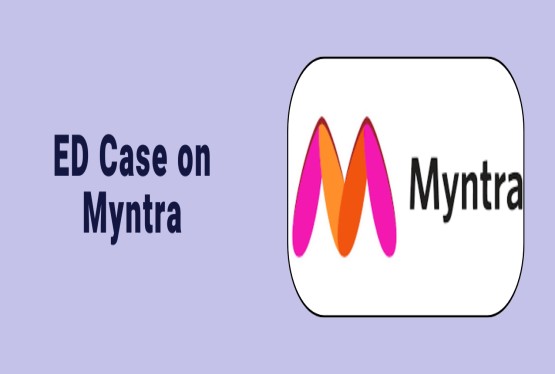The SCMTR Full Form stands for Sea Cargo Manifest and Transhipment Regulations (SCMTR). These regulations, introduced in 2018 by the Central Board of Indirect Taxes and Customs (CBIC) under the Customs Act, 1962, represent a major step forward in the modernization of India’s maritime trade ecosystem. SCMTR replaced the outdated Import Manifest (Vessels) Regulations, 1971 and Export Manifest (Vessels) Regulations, 1976, bringing with it a digital-first approach, standardized documentation, and clearly defined roles for all stakeholders.
This complete article will explore the importance, objectives, registration process, mandatory declarations, transshipment procedures, and the benefits of SCMTR. It will also cover the required documents and frequently asked questions, making it a complete guide for all sea cargo participants in India.
Importance of SCMTR (Sea Cargo Manifest and Transshipment Regulations)
SCMTR is significant for several reasons. It aligns India's sea cargo handling and customs declaration procedures with global standards and the World Customs Organization's SAFE framework. The regulations aim to digitize the end-to-end cargo movement process and introduce transparency in logistics.
Before SCMTR, the Indian customs system for sea cargo was fragmented and paper-based, which led to delays, compliance challenges, and lack of coordination between customs and trade stakeholders. By transitioning to SCMTR, the government aims to achieve the vision of 'Ease of Doing Business', improve port efficiency, and facilitate faster cargo clearance.
SCMTR also introduces accountability and a framework for pre-arrival and pre-departure declarations. This not only helps in better planning by port authorities and customs officials but also ensures timely and secure movement of cargo.
Objectives of SCMTR
The Sea Cargo Manifest and Transshipment Regulations (SCMTR) were introduced with the following key goals:
-
Transparency and Predictability: SCMTR mandates the advance electronic submission of manifests. This allows customs authorities to access information about cargo movements before the vessel arrives or departs. It provides better planning, quick risk assessment, and effective allocation of resources at ports.
-
Streamlining of Procedures: The previous manifest regulations had multiple manual processes. SCMTR has replaced these legacy systems with a unified digital interface through the ICEGATE portal. It simplifies the interaction between stakeholders and customs authorities.
-
Enhanced Security and Compliance: With well-defined timelines, standard document formats, and a structured process, SCMTR helps in reducing the risks associated with misdeclaration, documentation errors, or non-compliance.
Key Stakeholders Under SCMTR and Their Roles
The SCMTR framework identifies different types of authorized stakeholders who play critical roles in sea cargo operations:
-
Authorized Sea Carriers (ASC): These include shipping lines and vessel operators responsible for filing Sea Arrival Manifests (SAM) and Sea Departure Manifests (SDM). They play a primary role in providing cargo information.
-
Authorized Sea Agents (ASA): ASAs act on behalf of ASCs and are responsible for filing manifests and communicating with customs on the carrier’s behalf. They ensure accuracy and compliance in submissions.
-
Authorized Transhippers (ATP): Entities handling the movement of goods between two ports or terminals fall under ATPs. They file the transshipment manifest and ensure the integrity of cargo in transit.
-
Authorized Custodians (ACU): These include Container Freight Stations (CFS), Inland Container Depots (ICD), and other cargo storage facilities. They manage the temporary storage and handling of cargo awaiting clearance.
-
Authorized Terminal Operators (ATO): ATOs are responsible for managing operations at port terminals. They file reports related to vessel arrival/departure, container loading/unloading, and equipment movement.
Registration Process for SCMTR on ICEGATE Portal
To participate in SCMTR-compliant activities, all stakeholders must register on the ICEGATE portal. Here is the step-by-step registration procedure:
Step 1: ICEGATE Login Creation
To begin, stakeholders must create an account on the ICEGATE portal (www.icegate.gov.in). A valid ICEGATE ID and login credentials are mandatory.
Step 2: Online Application Submission
The entity must submit an application specifying the type of registration (ASC, ASA, ATP, etc.) along with scanned copies of supporting documents like:
-
GST Registration Certificate
-
PAN Card
-
IEC Certificate (if applicable)
-
Power of Attorney (in case of agents)
-
Authorization Letters
-
Incorporation Documents (for companies)
Step 3: Review and Approval
The application is reviewed by the Commissioner of Customs or an officer appointed at the port of registration. Queries, if any, must be addressed within a stipulated time.
Step 4: Validity of Registration
A normal registration is valid for three years. However, entities holding an Authorized Economic Operator (AEO) status can opt for extended validity of five or ten years, depending on their compliance track record.
Mandatory Declarations and Timelines Under SCMTR
SCMTR introduces mandatory declarations through electronic submission of cargo information within defined timelines to enable timely clearance and security:
1. Sea Arrival Manifest (SAM)
SAM must be filed by the carrier before the vessel departs from its last foreign port of call. It includes vital cargo details such as:
-
Vessel identification and voyage details
-
Consignor and consignee information
-
Cargo type and HS Code
-
Container and seal numbers
-
Port of discharge and terminal code
2. Sea Departure Manifest (SDM)
SDM is filed prior to the vessel's departure from an Indian port, containing export cargo information. It mirrors SAM but applies to outgoing cargo.
3. Cargo Summary Notification (CSN)
CSN is filed by freight forwarders or consolidators who manage Less-than-Container Load (LCL) cargo. It contains detailed cargo breakdown under their control.
Timely filing is important. Late submissions may result in penalties and delays in cargo clearance. Any corrections post-filing require formal amendment requests.
Transshipment Procedures Under SCMTR
Transshipment refers to the transfer of goods from one vessel or port to another within India. SCMTR lays down the procedure for handling transshipment securely:
-
Transhipment Manifest Filing: Authorized Transhippers must file a Transhipment Manifest with details such as origin port, destination port, container details, and cargo description. This must be submitted electronically.
-
Bond Requirement (TG Bond): A Transshipment Guarantee (TG) Bond is required to ensure the safe movement of goods during transshipment. It acts as a financial assurance for customs.
-
Tracking and Record Maintenance: Transhippers are obligated to provide real-time tracking information and maintain proper records of cargo movement. This promotes transparency and avoids diversion of goods.
Benefits of SCMTR
Implementation of SCMTR has brought significant advantages for stakeholders and customs authorities alike:
-
Efficiency and Speed: Digital documentation has reduced reliance on manual paperwork, enabling faster clearance of goods at ports and minimizing delays.
-
Cost Reduction: With standard operating procedures and integrated systems, stakeholders save time and money on compliance efforts and cargo processing.
-
Enhanced Security: Advance declaration, bonded movement, and electronic tracking have improved the security of cargo and reduced the risks of fraud and smuggling.
-
Alignment with International Practices: SCMTR brings India’s customs operations in sync with global best practices, thereby enhancing India's image as a reliable trade partner.
Conclusion
The Sea Cargo Manifest and Transshipment Regulations (SCMTR) represent a foundational shift in the way maritime cargo is handled in India. By mandating electronic submissions, standardizing processes, and introducing timelines for each activity, SCMTR enhances transparency, reduces delays, and ensures that cargo moves in a secure and compliant manner.
For stakeholders involved in maritime logistics, SCMTR is not just a regulation but a pathway to modernization, global competitiveness, and improved trade facilitation. Ensuring compliance with SCMTR is now a business necessity for seamless cargo operations in and out of India’s ports.
Frequently Asked Questions (FAQs)
Q1. Who needs to register under SCMTR?
Ans. All entities such as shipping lines, agents, terminal operators, custodians, and transhippers involved in sea cargo movement must register on the ICEGATE portal to operate under SCMTR.
Q2. Is separate registration needed for each port?
Ans. No, one registration is sufficient per entity type. However, you must specify your port of registration, and branch offices can operate under the central registration.
Q3. What happens if manifests are submitted late?
Ans. Late submission of SAM or SDM can lead to monetary penalties and disruption of cargo clearance. Any amendment requires customs approval and can attract fines.
Q4. Are there exemptions from the TG bond requirement?
Ans. Yes, AEO-certified entities and Customs Brokers under the Customs Brokers Licensing Regulations, 2018 are exempted from furnishing a bank guarantee for ANC registration.
Q5 How can I update my registration information?
Ans. If your application is still under process, you can modify it directly. Post-approval, changes require amendment through the ICEGATE portal and formal approval by customs.












































































_crop10_thumb.jpg)







_Rules,_2025_learn_crop10_thumb.jpg)








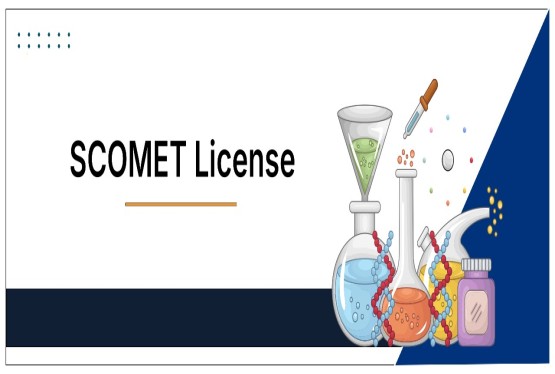



























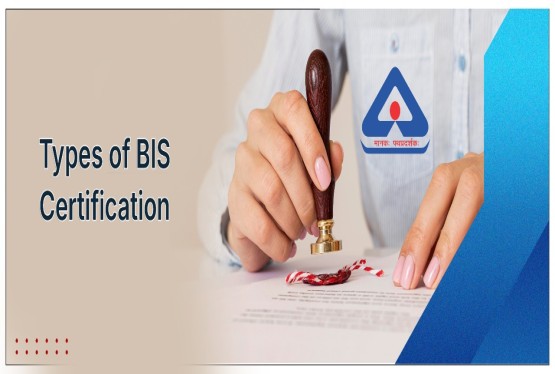

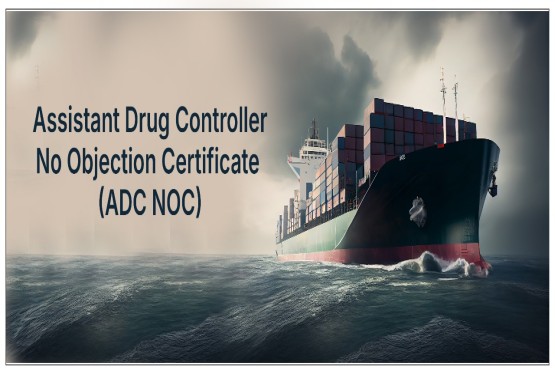






















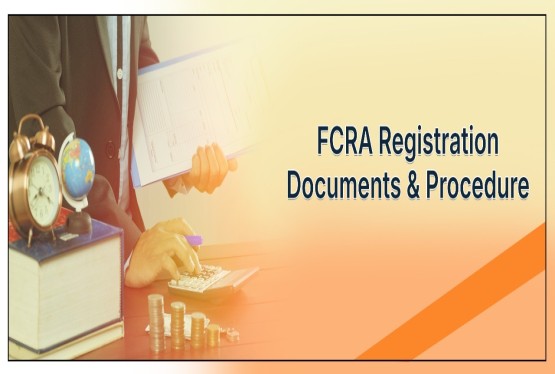


























_crop10_thumb.jpg)








 in BIS FMCS_learn_crop10_thumb.jpg)










_crop10_thumb.jpg)













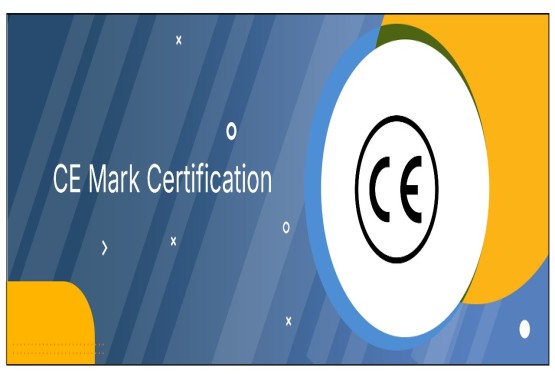
_crop10_thumb.jpg)





_Code C-888_learn_crop10_thumb.jpeg)
_learn_crop10_thumb.jpg)

































































_Certificate_learn_crop10_thumb.jpg)

_Certificate_(1)_crop10_thumb.jpg)

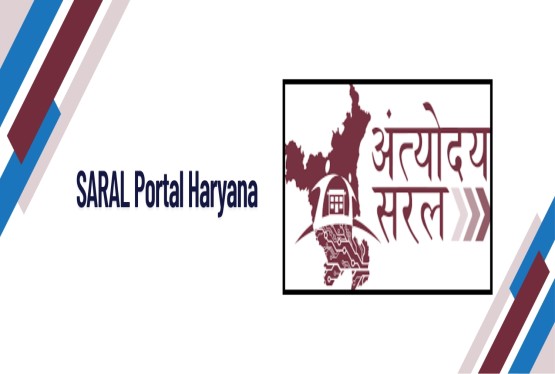




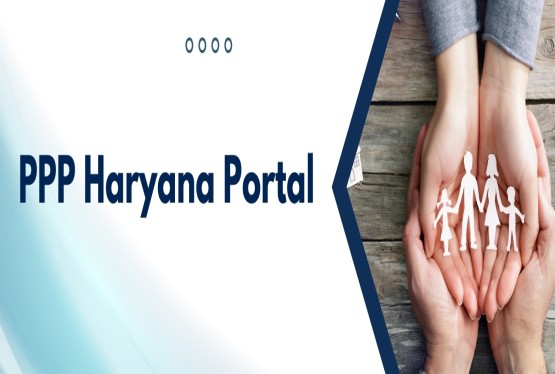








_learn_crop10_thumb.jpg)

_crop10_thumb.jpg)


















_Scheme_learn_crop10_thumb.jpg)


_learn_crop10_thumb.jpg)

